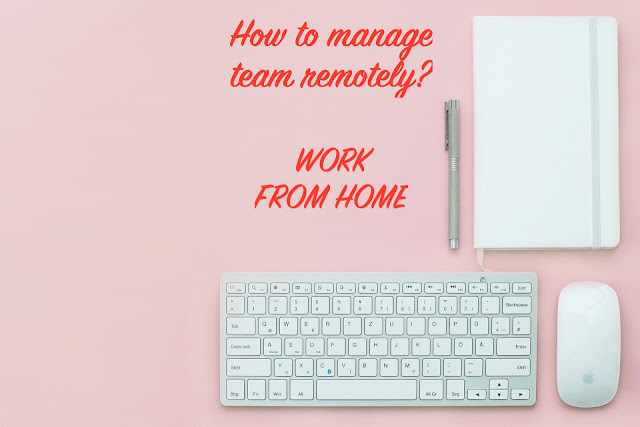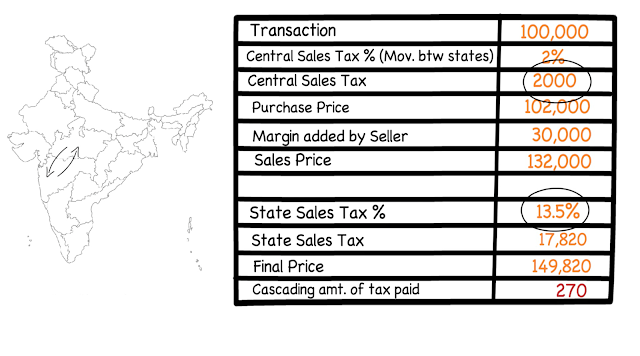Monday, August 17, 2020
Sunday, June 21, 2020
10 Negotiation Techniques for your daily life
 |
Negotiation is an integral part of one’s life, whether one realizes it or not, you need to negotiate in professional as well as in personal life. Last week I published a book called UN-WEDDING on handling court and personal life during divorce. There is a whole chapter on negotiation and what strategies were practically used
This triggered me to write this post on certain aspects of negotiation which could help you in your professional life
1.Be clear on your negotiation goals
Understand what is your ultimate goal for the negotiation. For example, if you are looking for a change in role at your workplace and want to negotiate it with your boss, be clear on why you want the change and whether the change in role is what you really want. Once you are clear on this, you will be in a better position to trade, which we will discuss a little later
2. Understand the other party’s goal
Try to put yourself in the other party’s shoes and think through the situation from their point of view. Understanding this is critical, as this will elevate your understanding on why the other party is coming to the negotiating table and what their perceptions & beliefs are
In the earlier example, think through what the implications of your role change would be for your boss. Is it going to put him at an advantage or is it going to be a set back for him? If it is the latter, understanding this can help you think of solutions where you can guide him towards handling the setback. He probably isn’t worried about your role change but is worried on who can fill your shoes. So that’s where you could focus on in helping him find solutions
3. What is your BATNA
BATNA is the acronym for Best Alternative To a Negotiated Agreement. What this means is, suppose your negotiation fails, then what alternative are you left with? Is that alternative a good enough one to live with or will this alternative be worse off?
If your BATNA is the former, then you may have a higher ground on the negotiating table, as you can walk away from the negotiating table, if the negotiation isn’t meeting your goals
4. Understand the other party’s BATNA
The key to negotiation is to understand the other party as much as you understand your own stance. Do the groundwork to understand what could be the other party’s BATNA. This knowledge will help you assess how much of a leverage you have
5. What is your reservation price?
Reservation price is the least price point at which you will accept the negotiated agreement. Anything below that, you may walk off. Understanding this will help you see how much leg room you have in the negotiation and what anchor price (more on that later) you may want to anchor on. If you are a buyer, your reservation price would be the maximum price at which you would be ready to buy; if you are a seller, then the reservation price is the least price at which you are ready to sell
In the previous example, the reservation price for the employee could be; “I’ll do the current role for another 3 months by which time a replacement should be found - anything beyond this time frame is unacceptable”
6. What is ZOPA
ZOPA stands for Zone Of Possible Agreement. This is the zone of common ground that both parties may have to reach an agreement. This common ground is only possible if there is an overlap between the reservation price of both parties
7. Anchor price
Anchor price is the price point around which the negotiation will usually revolve. For example if you want to buy an item for Rs. 100,000/- and you are aware that the seller wants to sell it for Rs. 150,000/-. If you first quote a price, of say Rs. 90,000/- the chances are the seller will get anchored to Rs. 90,000/- and would be negotiating to raise the price from Rs. 90,000/- upwards
On the other hand, if the seller quotes the price first as Rs. 170,000/-, you may get anchored to Rs. 170,000/- and would be trying to bring it down from that level
When you walk into a negotiation and if you are aware of the market value or what the other party would quote, then you can anchor the negotiation to a price of your benefit
8. Trading things of unequal value
Once you have worked on the above points, you are better informed on your levers & what works for you. This would prevent you from making an emotional decision and regretting later
The next exercise for you is to find those that the other party values more which doesn’t have as much of a value to you. Trading them off will get you to reach an agreement without compromising on your objectives
For example, in our earlier example, you may want the change in role because the current role needs you to maintain strict login timing. While this could be a company rule, your manager may be ready to relax this for you, as what could be important for him could be to get things done rather than the punch-in & punch-out timing. So here you obtained the needed freedom, while your manager could continue keeping his star employee and get the work done
9. Framing
Framing is how you put your sentence through to the other party such that the choice that you offer is inviting. Research has shown that the way we frame a sentence can influence the other person's risk appetite i.e. when a positive choice is given, people tend to become risk averse
For example, if people are given a choice of two options, where-in in one, you are given Rs. 1000/- but there is a probability of losing Rs. 750/- and in the other option, you are given Rs. 1000/- but you are guaranteed that you can keep Rs. 250/- (positive choice), most tend to choose the second option, although numerically both options are the same!
10. Incremental asks
Now that you understand all the above nine tools, while negotiating it is wise to keep in mind to have incremental asks wherever possible rather than demanding for the sky and collapsing the deal. Incremental asks works when you have long negotiations or when your relationship with the negotiator spans across a longer time-frame, where you can reach a milestone and then ask for more. A good example of this could be salary hikes, where the employee can take up higher responsibilities, prove his/her work and then ask for a raise
While negotiation is a vast subject, the above 10 are ready to use techniques which you can use in your daily life
If this article interests you, you could read a few books on negotiations. I recommend Getting More by Stuart Diamond, Negotiating for Success by George Siedel and Never split the difference by Chriss Voss as good reads. You could also read my latest book UN-WEDDING on how some of these techniques were used in real life
If you like this article, do comment & share it. If you want me to dive into other aspects on negotiations, do leave a comment
Monday, March 23, 2020
How to manage teams remotely
Monday, January 29, 2018
9 steps on how to transition a multisite organisation to Agile
Feeling lazy? watch the below 5 min video, rather than reading








Social Counter